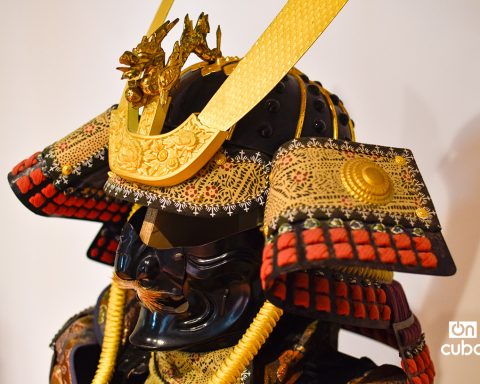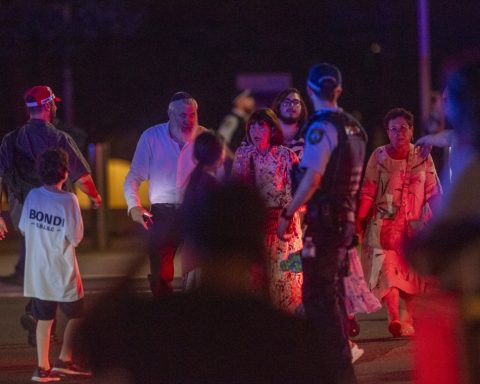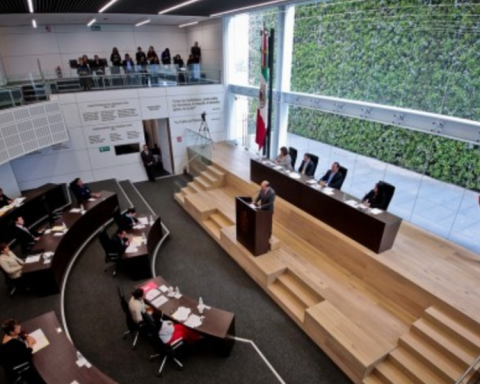After a tour of cities such as Paris, London and Rome, the photographer Sebastião Salgado now lands in Sao Paulo with “Amazon”, an exhibition that seeks to revive environmental awareness through intimate portraits of the different peoples that cohabit the largest tropical forest in the world. world.
Around 200 images, seven films and a soundtrack created by composer Jean-Michel Jarre are the common thread to immerse viewers in the landscapes, species and indigenous peoples among which the Brazilian photographer -based in Paris- traveled through nearly a decade of his life.
“My main learning in the Amazon is that I am nature, I am biodiversity, I learned that with the indigenous people. The indigenous people are fully integrated into the environment and are part of the ecosystem,” Salgado, 78, one of the voices, told Efe. more active in defending the conservation of the environment.
Divided into six thematic axes and with a variety of explanatory texts, the exhibition proposes to bring the debates on the preservation of the Amazon -and of the original peoples that inhabit it- closer to the spectators, in addition to exalting the places that shelter the greatest ” wealth and cultural concentration” of the country.
The snapshots, many of them unpublished, reveal an intimate portrait of life and daily life in twelve indigenous communities, mixed with the exuberant camera shots of forests, rivers, mountains and unique natural phenomena.
“These photographs represent the living Amazon, of the biome, of the indigenous communities,” so “in this exhibition we do not present the dead, destroyed Amazon, of rural properties or urban areas,” said the photographer, who has already visited more a hundred countries with their projects.
The exhibition opens its doors at the Sesc Pompeia in Sao Paulo this Monday and will run until July 10, when it plans to start a tour of several cities in Brazil.
Its inauguration coincides with the signing this same day of a decree by the Brazilian president, Jair Bolsonaro, which seeks to stimulate artisanal mining in the country, especially in the region known as the legal Amazon.
For Salgado, any action of mining exploitation is a “killer proposal”, for which he considered that his sample could act as a motor for the strengthening of “a support base for the protection of the Amazonian ecosystem.”
“Mining leads to the destruction of the jungle, to the contamination of rivers, to the violation of indigenous territories and to the transmission of diseases in the Amazon, so it is a murderous proposal,” he denounced.
He also pointed out that the exhibition takes place at a time when the Brazilian Executive is perpetrating a “great destabilization of the indigenous way of life”, which, on the other hand, has promoted “a Brazilian awakening with respect to the Amazon.”
“Our great hope is that the people who come out of this exhibition are not the same people who came in,” he said.
In this sense, Lélia Wanick Salgado, wife of the photographer and responsible for the edition and staging of the exhibition, explained that the idea is precisely to offer visitors an immersive experience in the heart of the largest tropical forest in the world through multiple sensory experiences. .
“When we enter the exhibition, we have the immersion of the photographs and the sounds of the jungle. All the lighting comes from the photographs and everything around is pure darkness,” he stressed.
And it is that the very result of the immense photos posted that make up “Amazonía” is the result of Salgado’s immersions, who traveled with his wife and team for seven years in the area.
The exhibition also brings together some brushstrokes of almost a decade of work by the photographer, including almost 50 reports he did around the region.
“The Amazon was my home, the Amazon is my heart and I hope that the importance of these images is understood in this exhibition,” he added.
















